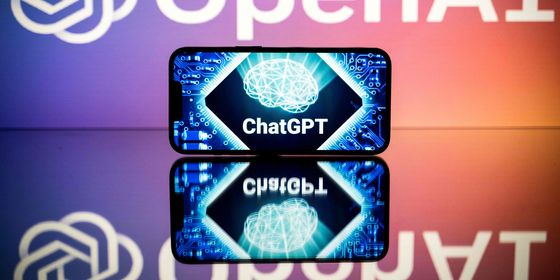Baidu CEO in trouble over AI and traffic, robot couriers, fusion power, and the elevated bus investigated
The Curious Case of the Invisible Driver
Eager to show off his company’s AI technology, Baidu CEO Robin Li live streamed himself on the way to a conference in Beijing in a driverless car. Sitting in the passenger seat, he streamed the commute as he passed the city’s Fifth Ring Road.
The problem is, that’s totally illegal.
Driverless cars haven’t been approved for use on Chinese roads yet, and you can’t just drive a robot car around town and expect the police to be fine with it. You definitely shouldn’t put that video on the internet. Live. For all to see, while you’re doing it.
As the police investigated, Li hastily pointed out that he wasn’t actually alone in the car and said that, offscreen, Baidu’s autonomous vehicle expert was sitting in the driver’s seat. Li’s defense, as he is now under investigation, is that with a driver (and AI expert) ready to take the wheel at a moment’s notice, it is not illegal.
So…at best, it was a bit misleading. Also, live streaming itself is a bit of a risky endeavor these days, so Li was toying with two kinds of forbidden.
Fusion breakthrough
Fusion power. Limitless clean energy. Your own white-hot ball of sun in a machine. It’s always been something of a pipe dream, difficult to maintain for any length of time, but some of the world’s best minds have been working on the problem in the hopes of finally ending the need to burn fossil fuels.
A project in southern France is aiming to create a massive fusion power generator with input from multiple countries, including China. In the meantime though, China’s just taken another step forward achieving a record 101 seconds of fusion in a reactor. The form of power, known as “H-mode plasma” burned at a temperature of 49.9 million degrees Celsius. That’s pretty damn hot.
Robocouriers
Six universities in China are helping online retailer JD.com to test “robot couriers” that can deliver packages without any human interference. Apparently they can map out routes using GPS and aren’t considered too dangerous because they are programmed to move at lower speeds than cars or bikes. The tests are only occurring on these campuses though, so largely in areas dominated by foot traffic.
Bridge-bus scheme collapses
China’s straddling-bus, developed by a firm in Beijing, turned quite a few heads when it made headlines after a road test in the city of last August, but skepticism was never far away. The idea behind the project was, if traffic is bad, then the bus should go above it. Of course, there were various issues with it—the height meant that only standard cars could go underneath it, not other buses or tall vehicles. Cars underneath it would need to keep going straight and not turn. It also worked on rails, so effectively it could only be used on straight highways with height restrictions on vehicles.

(Sina)
Anyway, the Transit Elevated Bus was always courting controversy, and it would seem the naysayers were right. The experimental tracks for the bus are being removed by the end of this month, and the Beijing government is investigating the start-up for defrauding investors. The start-up, though, maintains that the project is simply moving to another city.
Cover image from zybus.com













